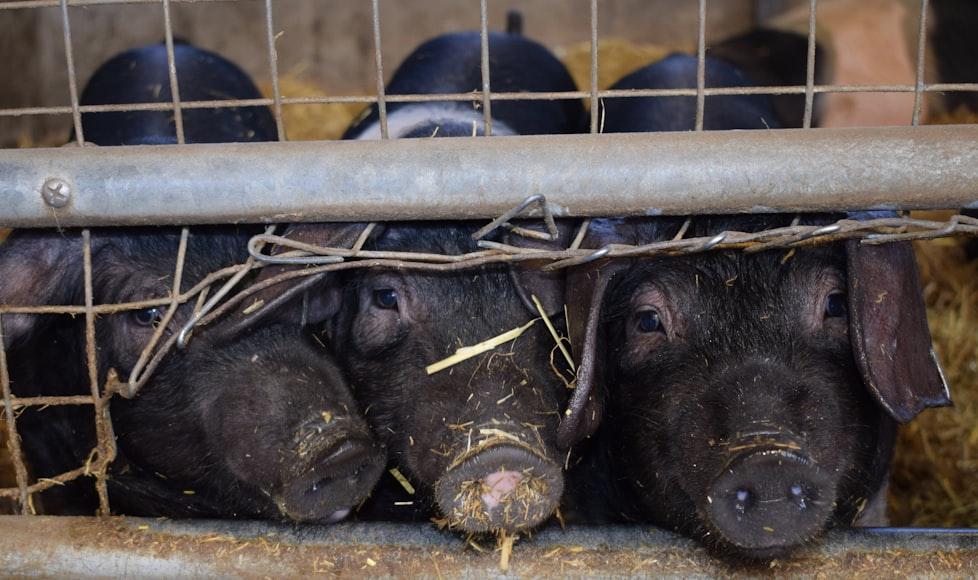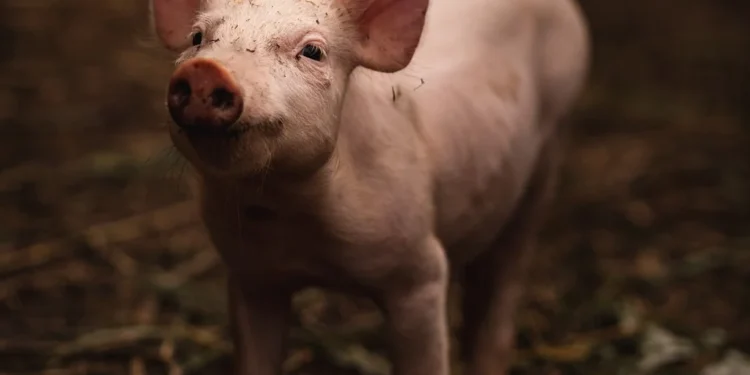There are a series of “imaginary” barriers meant to keep each disease ever known, within their own ecosystems. These barriers have helped prevent these viruses, most created by animals, from infecting humans and crossing between species. For years, scientists believed that these barriers were strong enough to contain viruses like H5N1 avian flu in birds. But recently, an unnerving shift has occurred: the H5N1 virus has spread to pigs. This raises the question of how adaptable this virus is.
Historically, avian flu infections remained with bird populations, with only rare cases of human infection. Even at that, the human infection only caused limited concerns. Now, however, the virus’s presence in pigs, which are closer genetically to humans, shows how weak these confinement barriers have gotten over the years. This misconception about disease confinement without their ecosystems has created a false sense of security. This new finding shows that viruses may more easily cross species than once assumed, which creates new pathways for infection.

H5N1 Bird Flu
Recently, the USDA confirmed that the H5N1 virus was discovered in a pig in Oregon, making it the first time the virus has been detected in pigs in the United States. This raises concerns about the virus’s ability to infect humans and animals.
H5N1 bird flu, sometimes called highly pathogenic avian influenza (HPAI), is a virus that mostly affects birds. It causes severe sickness and death in birds, resulting in significant losses for poultry farms and other bird populations.
The H5N1 virus spreads mainly through direct contact with infected birds or by being in areas where the virus was present. If birds interact with other sick birds or touch surfaces, water, or feed that has been contaminated.
The Threat to Pigs
Pigs can catch both human and bird flu virus mes. This means that these viruses can combine and become more harmful. If the virus changes while in pigs, it may be more easily transmitted to humans. In addition, if a new viral outbreak occurs, farmers and the agricultural business may suffer huge losses.
How Does This Finding Affect Humans?
Although the H5N1 virus is currently hard for animals to transmit to people, we shouldn’t underestimate the possibility. The virus’s mutation could cause a worldwide pandemic, which would allow the rapid spread of the disease.
Final Note: What You Need To Know
People are concerned about health risks after the H5N1 virus was recently found in pigs in the United States, but there are easy ways to be safe. Firstly, you need to be on the lookout for the most recent information from WHO and CDC.
- It’s also important to wash your hands often, especially after being around animals or poultry.
- Stay away from sick or dead birds and poultry to lower your risk of catching anything.
- When cooking, make sure chicken and other poultry are fully cooked to kill any viruses.
- Lastly, supporting safe and clean farming can help prevent the spread of diseases.

















